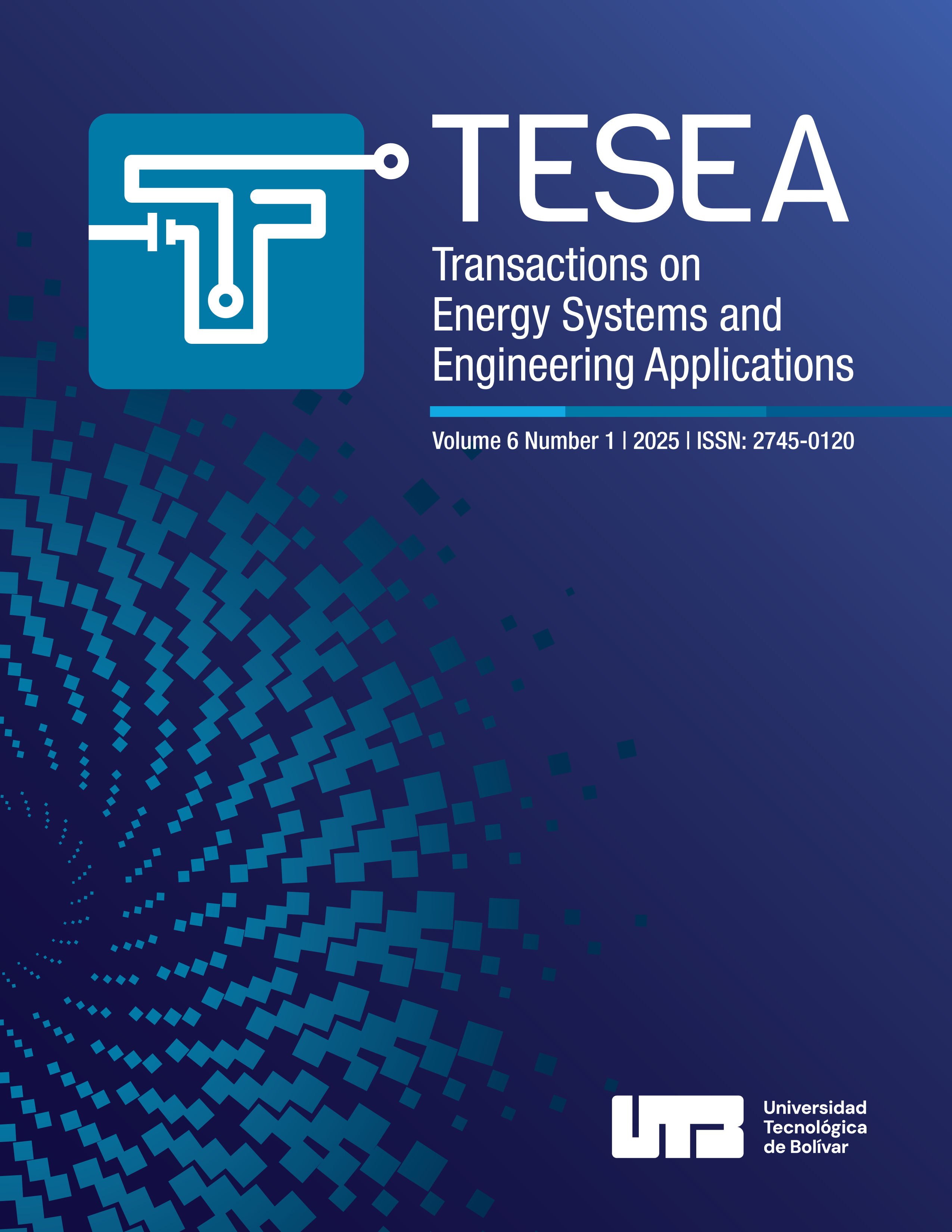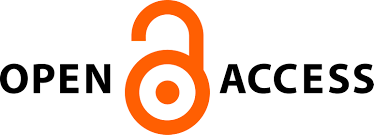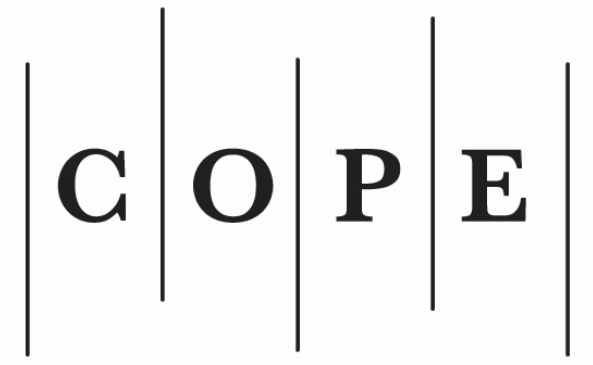Numerical and experimental investigations on a thermoelectric generator for electric power generation from waste heat recovery in a combined cycle power plant – an energy and economic (2E) analysis
DOI:
https://doi.org/10.32397/tesea.vol6.n1.643Keywords:
Thermo-Electric Generator, Waste Heat, Heat Recovery Steam Generation, Fin Design Analysis, Economic analysis, Payback periodAbstract
With the ever-growing population in the world, the electricity demand has elevated drastically over the decades. Several kinds of research are being carried out to meet the electricity needs of the world with conventional and non-conventional energy sources. The conventional form of generating electricity from power plants has lesser efficiency and there is always scope for increasing the efficiency of power plants by using several heat recovery methods. The efficacy of the combined cycle power plant is around 62% where more amount of energy is dissipated as waste heat. The main objective of this study is to utilize the waste heat for power generation by effective utilization of Thermo-Electric Generators (TEGs). Therefore, the 32.5 MW combined cycle power plant located in Karaikal is chosen for this study. The powerplant uses HRSG to recover and utilize the waste heat to generate steam using it for the steam turbine. The study mainly focuses on the deployment of TEGs in the powerplant to generate electricity using waste heat. In this regard, the numerical analysis of TEGs under different conditions has been analysed and the best approach is chosen for experimental investigation. Further, an experimental prototype with similar operating conditions to a powerplant is developed and analyzed for the effect of TEGs in electric power generation. Finally, the cost-effectiveness of deploying TEGs in a power plant has been analysed using economic analysis
Downloads
Downloads
Published
How to Cite
Issue
Section
License
Copyright (c) 2025 Subbarama Kousik Suraparaju, Elavarasan Elangovan, Gopi Vasudevan, Mahendran Samykano, Sendhil Kumar Natarajan

This work is licensed under a Creative Commons Attribution 4.0 International License.
Authors retain copyright and grant the journal right of first publication with the work simultaneously licensed under a Creative Commons Attribution 4.0 International License, which allows others to share the work with an acknowledgment of the work's authorship and initial publication in this journal.
















